9 Disgusting Things That the FDA Allows in Your Food
That's Gross!

It's probably a bad idea to scroll through the Food and Drug Administration's "Defect Levels Handbook" before a meal.
The document lists the allowable limits on "defects" in more than 100 foods, highlighting exactly how much rodent poop is allowed in your cocoa beans (up to 10 milligrams per pound), how many insect heads it's OK to find in the fig paste in your cookies (up to 13 in every 3.5 ounces) and how many maggots can be tunneling in your tomatoes.
According to the FDA these food defects are part of the normal process of growing and processing food, and they present no health hazard as long as they remain below the "action levels" listed. [Read the full story on the FDA's food defect list]
So without further ado, here's a look at some of the particularly icky things the FDA allows in your food.
Insect parts

The FDA allows few foods to contain whole insects. But insect parts? That's another story. Heads, legs and other fragments of these little pests are more commonly allowed in foods, according to the handbook. This seems especially true of spices.
Ground cinnamon, for example, can contain up to an average of 400 insect fragments per 50 grams. And ground marjoram can contain up to an average of 1,175 insect fragments per 10 grams. (A typical cinnamon jar holds about 42 grams. And a typical McCormick container of ground marjoram weighs 18 g.)
Insect body parts are also allowed in both crushed and ground oregano. Crushed oregano can contain up to an average of 300 insect fragments per 10 grams. If you go for ground oregano, however, you can find up to an average of 1,250 insect fragments per 10 grams (one question that comes to mind is, are the fragments here smaller and more plentiful because the oregano has been ground?).
Get the world’s most fascinating discoveries delivered straight to your inbox.
Rodent poop
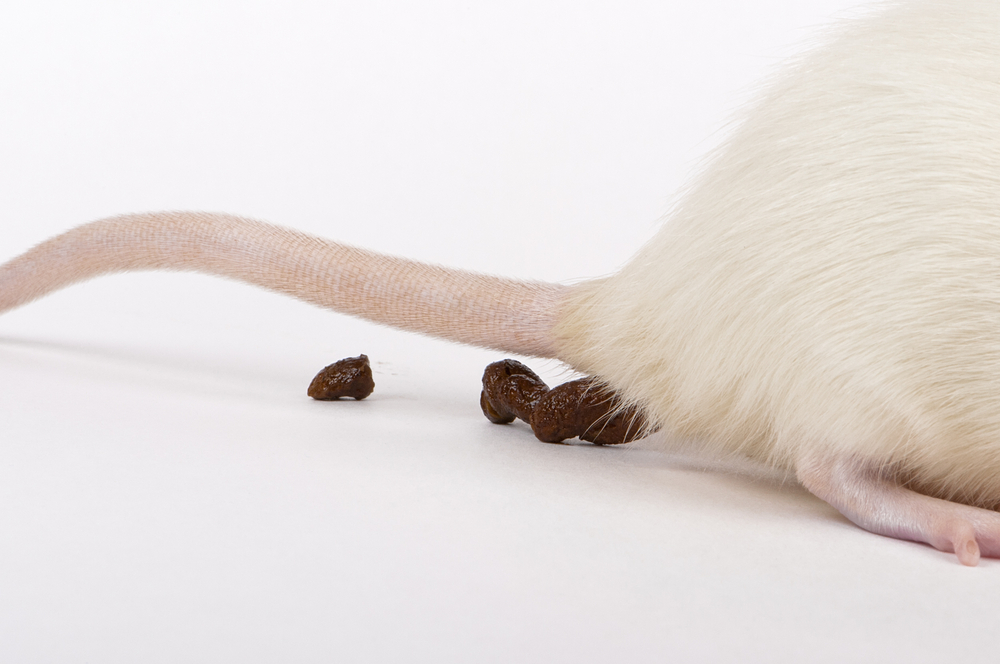
Consider the defect "mammalian excreta" a rather polite way for the FDA to tell you there's rodent poop in your food. The icky defect comes up 15 times in the FDA's handbook.
Fennel seeds, ginger and mace (a spice that's similar to nutmeg) can all contain up to an average of 3 milligrams of mammal poop per pound. For sesame seeds, the limit is a smidge higher: up to an average of 5 mg per pound.
And because the world can be a cruel place, cocoa beans can contain up to 10 mg of poop per pound.
For other foods in the handbook, the listing gets more specific. Wheat, for example, can contain up to an average of 9 rodent poop pellets per kilogram (or about 4 pellets/pound). And popcorn, which the FDA also permits rodents to gnaw on a bit, can contain up to 1 poop pellet in a subsample. (The FDA handbook doesn't specify the size of subsamples.)
Mold
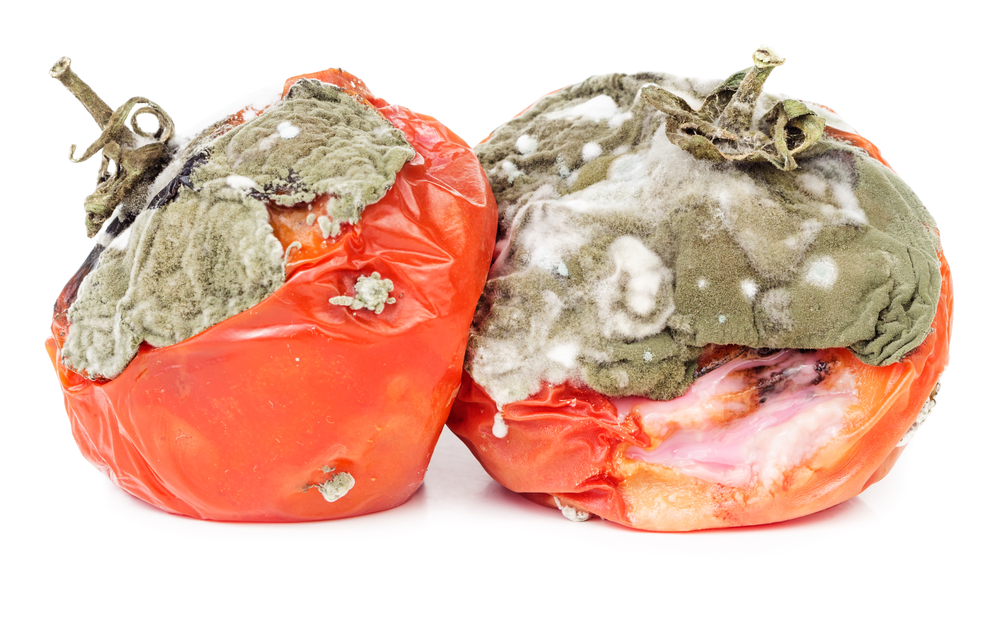
Mold is mentioned 33 times on its own in the FDA's handbook. (In some instances, a defect is listed as a combination of insects and mold, or insect damage and mold.) And although mold is sometimes only considered an aesthetic defect, meaning it "offensive to the senses," it can also pose a potential threat to health if there is too much of it, or certain types of it, in a food. That's because certain types of mold produce compounds called mycotoxins that can make a person sick. Foods where you might find this type of mold include allspice, ground red pepper, ground paprika, cocoa beans and green coffee beans. [Top 7 Germs in Food that Make You Sick]
Other mold mentions are aesthetic, including the low levels of mold allowed in tomato products such as canned tomatoes, tomato juice, sauce and ketchup.
In addition, the FDA allows up to an average of 5 percent of bay leaves in a sample by weight to be moldy. The same goes for pieces of cinnamon bark.
And canned and frozen peaches earn a special spot in our hearts thanks to their appearance in the handbook: The FDA permits up to 3 percent of the fruit to be "wormy or moldy."
Insect heads
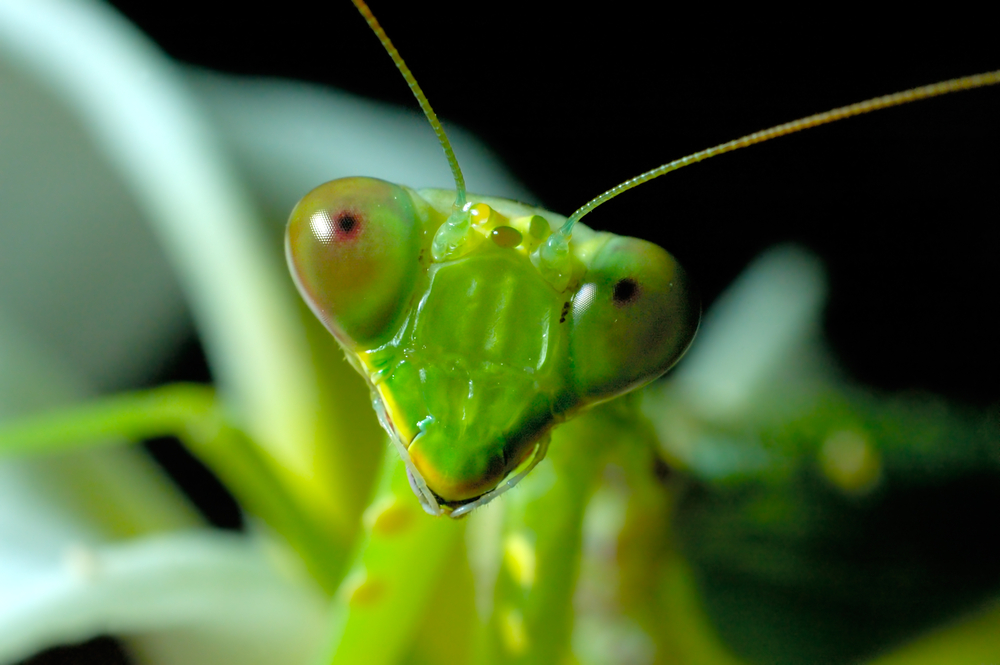
Though the FDA allows only one defect in fig paste, it is notable for its specificity: insect heads. To Live Science, the designation raises several questions, including where is the rest of the insect? How are only the heads getting in?
The handbook notes that up to 13 insect heads are acceptable in every 100 grams of fig paste. The heads may enter at any point — before the figs are harvested, after the figs are harvested and during processing.
In this case, the FDA's definition of an aesthetic defect — "offensive to the senses" — seems particularly apt.
Mites
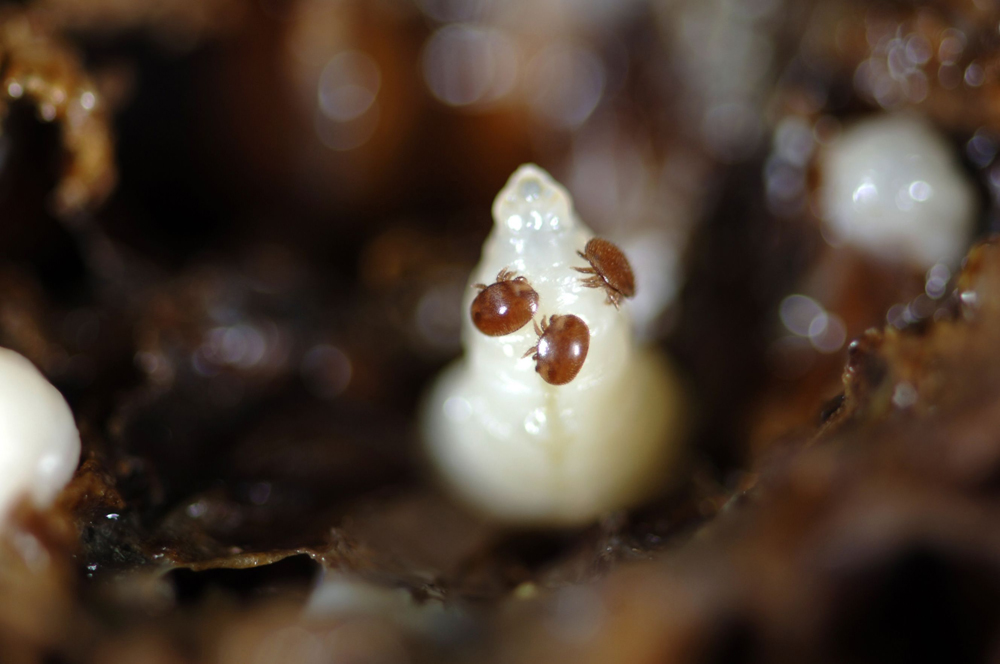
If you want to avoid these tiny arachnids that are related to ticks, staying away from mushrooms just might be the way to go.
That's because mushrooms have the honor of possibly containing the most mites, with up to an average of 75 mites allowed per 100 grams of canned or dried mushrooms; frozen broccoli isn’t so far behind (sorry again), with up to an average of 60 mites allowed per 100 grams. (But the good news is that broccoli can only contain up to a total of 60 mites, thrips or aphids.)
Interestingly, canned or frozen spinach can have up to 50 mites (or thrips or aphids) per 100 grams, but only if it also doesn't have two or more "spinach worm" larvae that exceed 3 millimeters in length.
Maggots
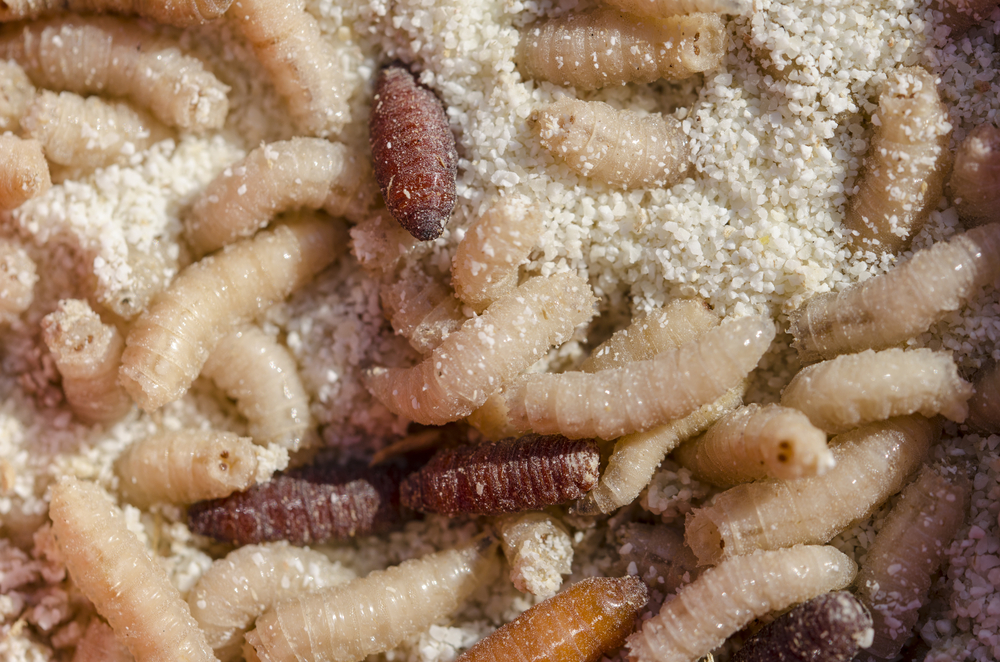
Maggots are allowed in a slew of tomato products, including canned tomatoes (up to one maggot per 500 grams), and tomato juice and tomato paste (up to one maggot per 100 g for both).
For brined or maraschino cherries, a sample is considered OK in the FDA's eyes as long as no more than 5 percent of the cherries are rejected for containing maggots.
Canned citrus fruit juice can contain up to one maggot per 250 milliliters (about 1 cup), but the good news is that juice that does contain a maggot cannot also have five or more fly eggs. (Phew!)
Mushrooms can have up to 20 maggots of any size per 100 grams, or up to five maggots are allowed if they are longer than 2 mm.
Maggots are considered an aesthetic defect.
Rodent hair

Just like insect fragments, rodent hairs are commonly allowed in spices: allspice, paprika, cinnamon, curry powder and marjoram can all contain a little rodent hair here and there.
Ground sage has the highest allowable level of rodent hair, with up to nine hairs allowed in every 10 grams of the spice. For comparison, ground marjoram may have up to eight hairs per 10 grams, paprika may have up to 11 hairs per 25 grams, and ground capsicum may have up to six hairs per 25 grams. Allspice and nutmeg are allowed up to just one hair per 10 grams.
Rodent hair is also allowed in peanut butter, popcorn, apple butter, chocolate, cocoa powder, corn meal and macaroni.
Pits
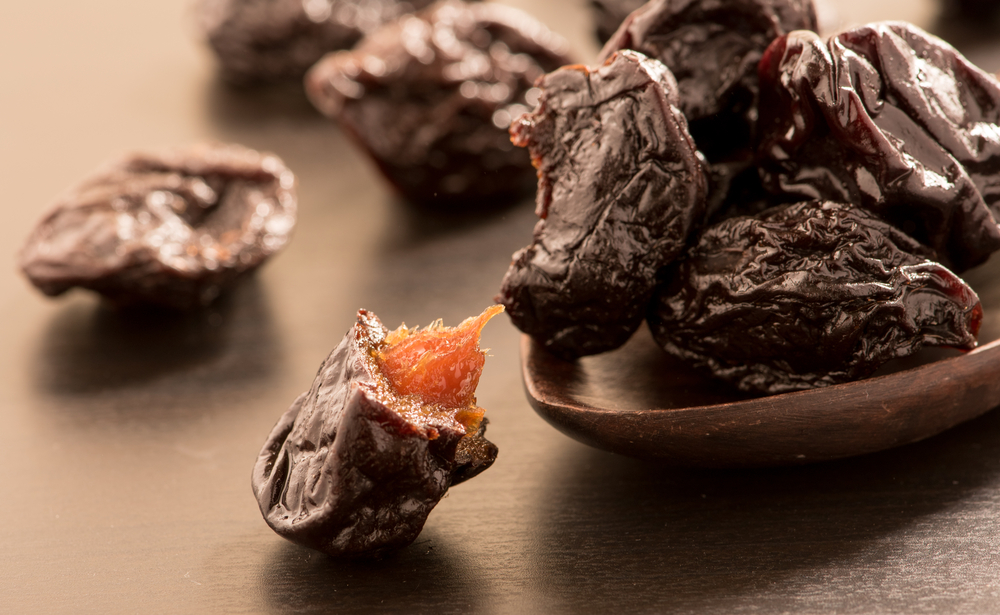
Pits are one of the few defects that are not just aesthetic — the hard centers of certain fruits can also cause mouth and tooth injuries.
In one unusual medical case, reported in 1996 in the journal Endoscopy, a 40-year-old man in Bulgaria had a stomach problem called a "pyloric obstruction," which turned out to be due to an olive pit that had become stuck in his stomach. Pyloric obstruction occurs when the contents of the stomach are prevented from emptying into the small intestine. After the pit was surgically removed, the man told his doctors that he had swallowed a few olive pits on purpose, because of an ancient Bulgarian superstition that swallowing olive pits could cure ulcers.
A few pits are allowed in pitted dates, olives and prunes, according to the FDA's handbook.
Foreign matter

The FDA defines foreign matter as "objectionable" materials, including sticks, stones, burlap bagging and even cigarette butts. Still, foreign matter is considered an aesthetic defect.
Some foreign matter is allowed in mace (a spice similar to nutmeg), whole black or white pepper and sesame seeds.
Originally published on Live Science.



